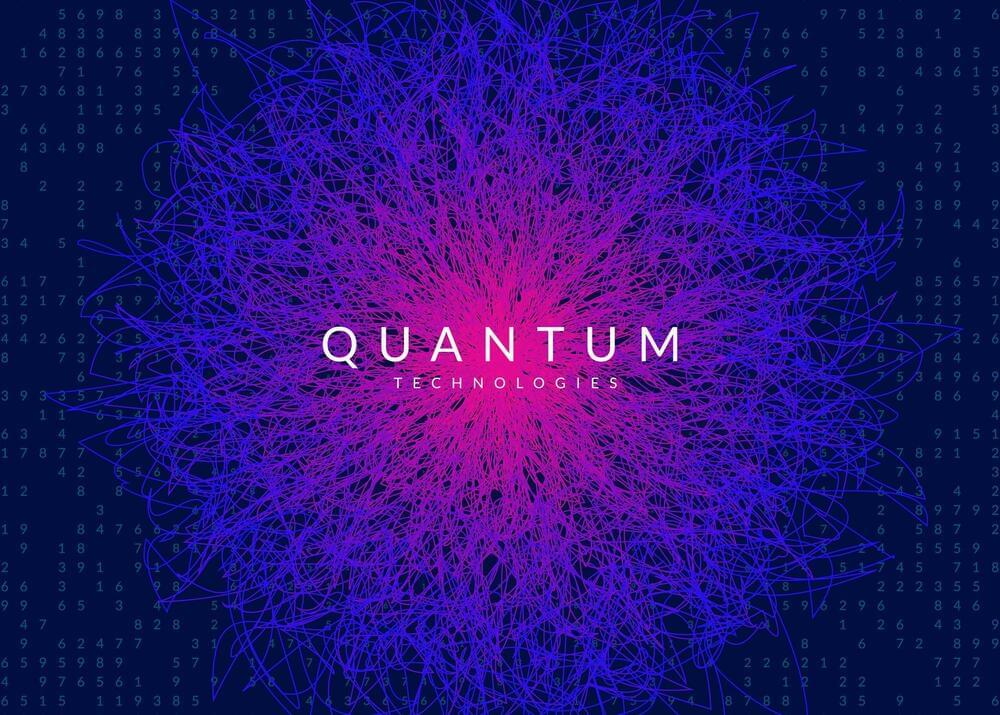Sep 3, 2022
Quantum Matter Is Being Studied At A Temperature 3 Billion Times Colder Than Deep Space
Posted by Genevieve Klien in categories: particle physics, quantum physics, space, supercomputing
A team of Japanese and US physicists has pushed thousands of Ytterbium atoms to just within a billionth of a degree above absolute zero to understand how matter behaves at these extreme temperatures. The approach treats the atoms as fermions, the type of particles like electrons and protons, that cannot end up in the so-called fifth state of matter at those extreme temperatures: a Bose-Einstein Condensate.
When fermions are actually cooled down, they do exhibit quantum properties in a way that we can’t simulate even with the most powerful supercomputer. These extremely cold atoms are placed in a lattice and they simulate a “Hubbard model” which is used to study the magnetic and superconductive behavior of materials, in particular the collective motion of electrons through them.
The symmetry of these models is known as the special unitary group, or, SU, and depends on the possible spin state. In the case of Ytterbium, that number is 6. Calculating the behavior of just 12 particles in a SU Hubbard model can’t be done with computers. However, as reported in Nature Physics, the team used laser cooling to reduce the temperature of 300,000 atoms to a value almost three billion times colder than the temperature of outer space.

















